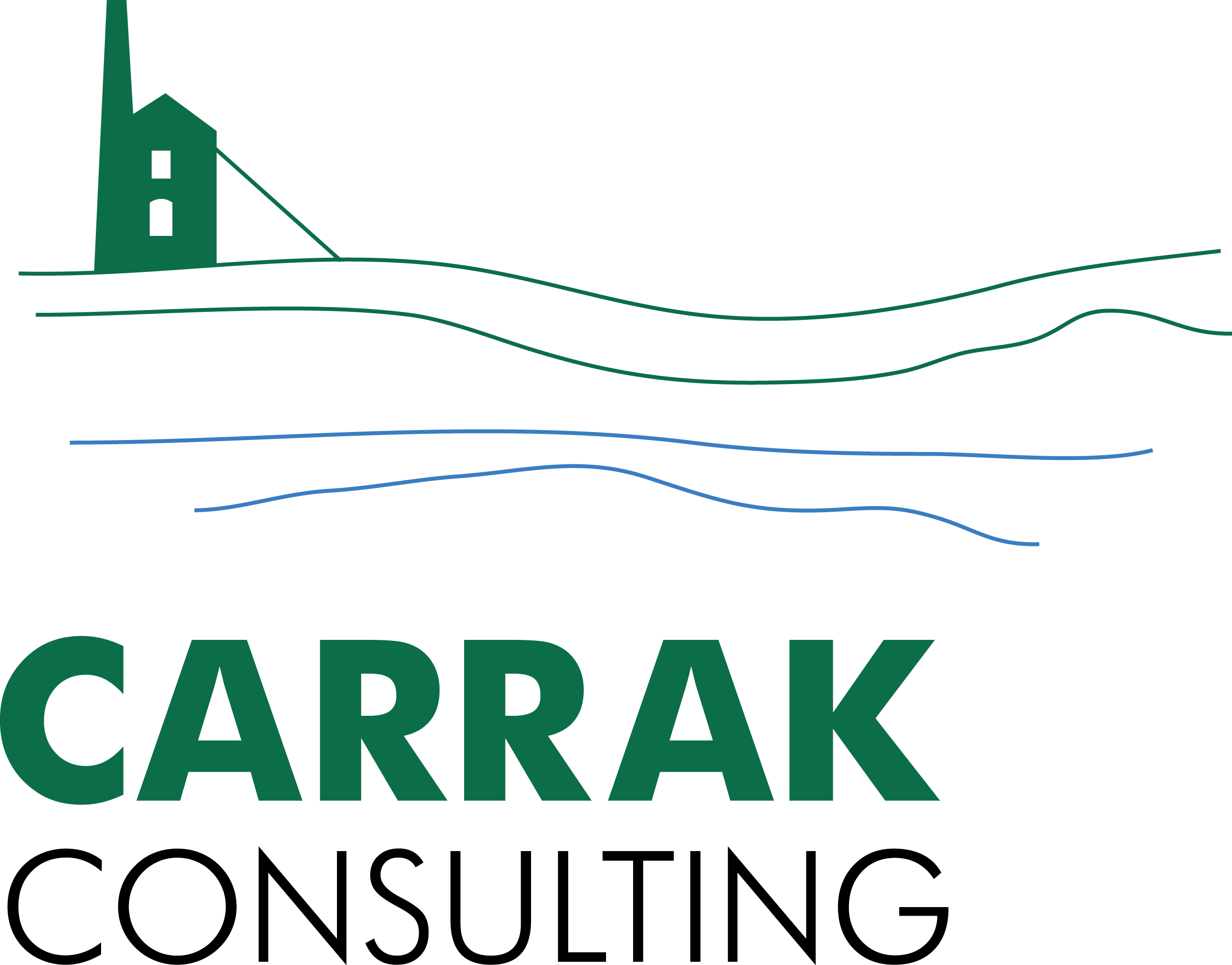Carrak Consulting is engaged in a new project using hyperspectral data to investigate how to identify areas of high arsenic pollution at abandoned and legacy mine sites.
Arsenic minerals occur naturally in association with copper deposits and so soils in proximity to them commonly contain elevated arsenic concentrations. Mines in Cornwall also extracted and concentrated arsenic as a commodity, supplying over half the world’s arsenic in the late 1800s. This industry has created a widespread legacy of waste rock and processing residues, which has intensified soil contamination in former mining districts.
Contaminated land is a material consideration under the National Planning Policy Framework. Soils in Cornwall frequently exceed soil guideline values for arsenic, which dictate safe thresholds for human health, and so must be remediated when land is developed. Arsenic also disrupts the metabolism of plants and much remains unknown about the effects of on crop health.
Hyperspectral remote sensing has potential applications for tracking heavy-metal polluted soils, but is currently experimental and expensive technique. The aim of this research project is to establish if there is a cost-effective way to capture spectral remote sensing data that will allow arsenic contaminated soils to be identified and mapped without the need for lengthy or specialist data processing.
This project uses hyperspectral data collected from a UAV to map the reflectances of soils across 273 spectral bands. These mapped reflectances are then used in two ways. Firstly, high contrast false-colour images are generated which accentuate areas of high heavy metal pollution. Secondly, areas of high arsenic observed by Portable X-Ray Fluorescence (PXRF) are matched to other soils bearing similar spectral characteristics across the study area. Machine learning algorithms have also been developed; however, these are waiting to be deployed as they require larger sample datasets to determine their effectiveness.

The high contrast false-colour images allow an operator to visualise small spectral changes across the scene, leveraging the human eye’s ability to distinguish more than 10 million colour tones. The spectral matching images allow rapid characterisation of heavy metal contaminated soils within the study area. Initial results show strong correlation between ground observed arsenic values and areas of similar spectral values. Further research is required to build a model applicable to the wider Cornish mining landscape, however, early indicators suggest that it could be possible to develop a spectral signature library of different types of mining polluted soils across Cornwall, allowing a systematic analysis of very large areas.
This project has been carried out by Carrak Consulting Ltd, with additional technical development by Jane Gallwey Surveying. The workflows developed for this project have been entirely implemented with open source software, removing the requirements for expensive hyperspectral software suites. The foundations of the open source workflows can also be reused for future projects in similar domains.

